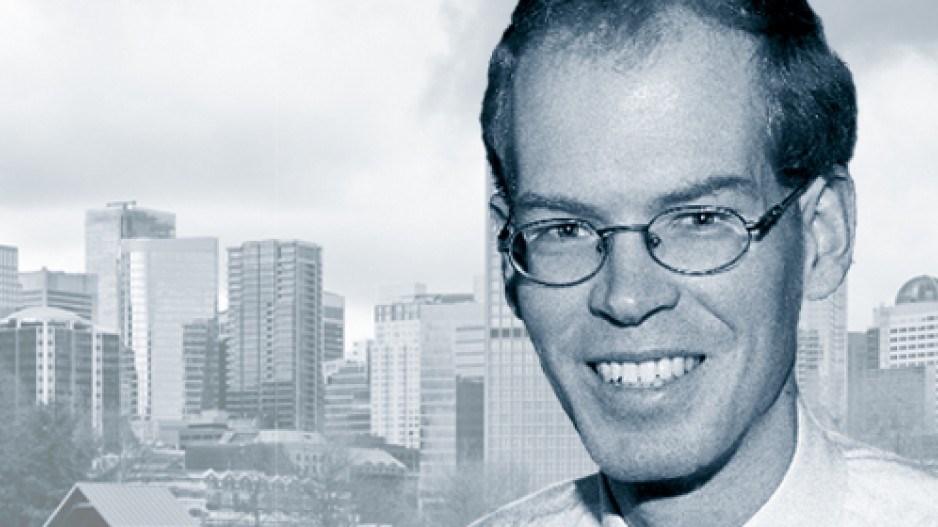Making reservations
Publication last week of the final report of the committee charged with recommending ways to revitalize the Agricultural Land Reserve (ALR) and the commission that oversees it – five months after the province received it – has shed light on the province’s land-management thinking.
Many of the committee’s recommendations have already been implemented, making the report more of a backgrounder on what’s happened rather than a road map for what to expect, but it’s fascinating reading nevertheless. Take the recent furor over the proposal in Bill 15 to strip landowners of the right to seek exclusion of a property from the ALR. Opposition MLAs have repeatedly denounced it as discriminatory. However, the revitalization committee says the right is no longer needed. No further land needs to be excluded from the ALR, the report argues, and anyone buying farmland shouldn’t be buying it for exclusion. It also says the land commission has no requirement to consult them if it – or a local government – feels property needs to be excluded, recalling the approach taken when the province included hundreds of acres of Delta farmland as part of a 2009 treaty with Tsawwassen First Nation.
The report also endorses an industrial land reserve, a concept discussed when the province introduced legislation to create the ALR in 1973. Such a reserve would, the report says, reduce demand for and pressure on agricultural land. However, it points the finger squarely at industrial landowners and municipalities for the shortage of industrial land.
“Industry has in large part created much of the problem,” it says, noting that landowners have sold it off at high prices for redevelopment, while municipalities have been complicit by allowing rezoning and redevelopment. “The ALR is not the answer to poor urban planning,” it states, urging the province to work with municipalities to create industrial land reserves that spare farmland.
Proposals for such a reserve have received a mixed response from the industrial real estate sector in the past. While some say it’s needed, others have said it would create a false sense of abundance and may protect idle land just as the ALR does.
The need for industrial land is significant, however.
A memo from Colliers International senior vice-president Malcolm Earle notes that Metro Vancouver industrial vacancy is at its lowest in more than a decade, at just 1.2%.
“A record amount of industrial space is under construction, but new supply is being outstripped by demand,” he wrote.
The shortage is such that CBRE Ltd. says smaller tenants are being forced from traditional industrial areas.
Openness costs less
Avison Young’s latest overview of options for tenants seeking downtown office space isn’t encouraging: just a few options exist among the 84 buildings considered for the three possible tenants it describes.
“Tenants are challenged to secure space as the previously limited number of opportunities has tightened even further across all tenant sizes,” states the report. “Rising rental rates and highly limited availability may start forcing tenants to consider locating outside of downtown Vancouver in order to fulfil their office requirements.”
Those that need to be downtown are seeking to make the best use of the available space. While open-plan offices are the hallmark of a collaborative office culture, a Jones Lang LaSalle (JLL) report indicates there’s also an economic advantage to the style. JLL reports that fit-out costs in Vancouver for open design, or what it terms “progressive,” office spaces are approximately US$161.52 a square foot, versus the North American average of US$168.24. This is more than US$30 cheaper than offices that are largely open but designate about 10% of the space to traditional enclosed offices. A traditional office costs US$214.50 a square foot, thanks primarily to dividing walls and other infrastructure.
The fit-out costs in Vancouver for office spaces featuring enclosed space run above the North American average, with fit-out costs for traditional space ranking 10th among all major cities considered. •




